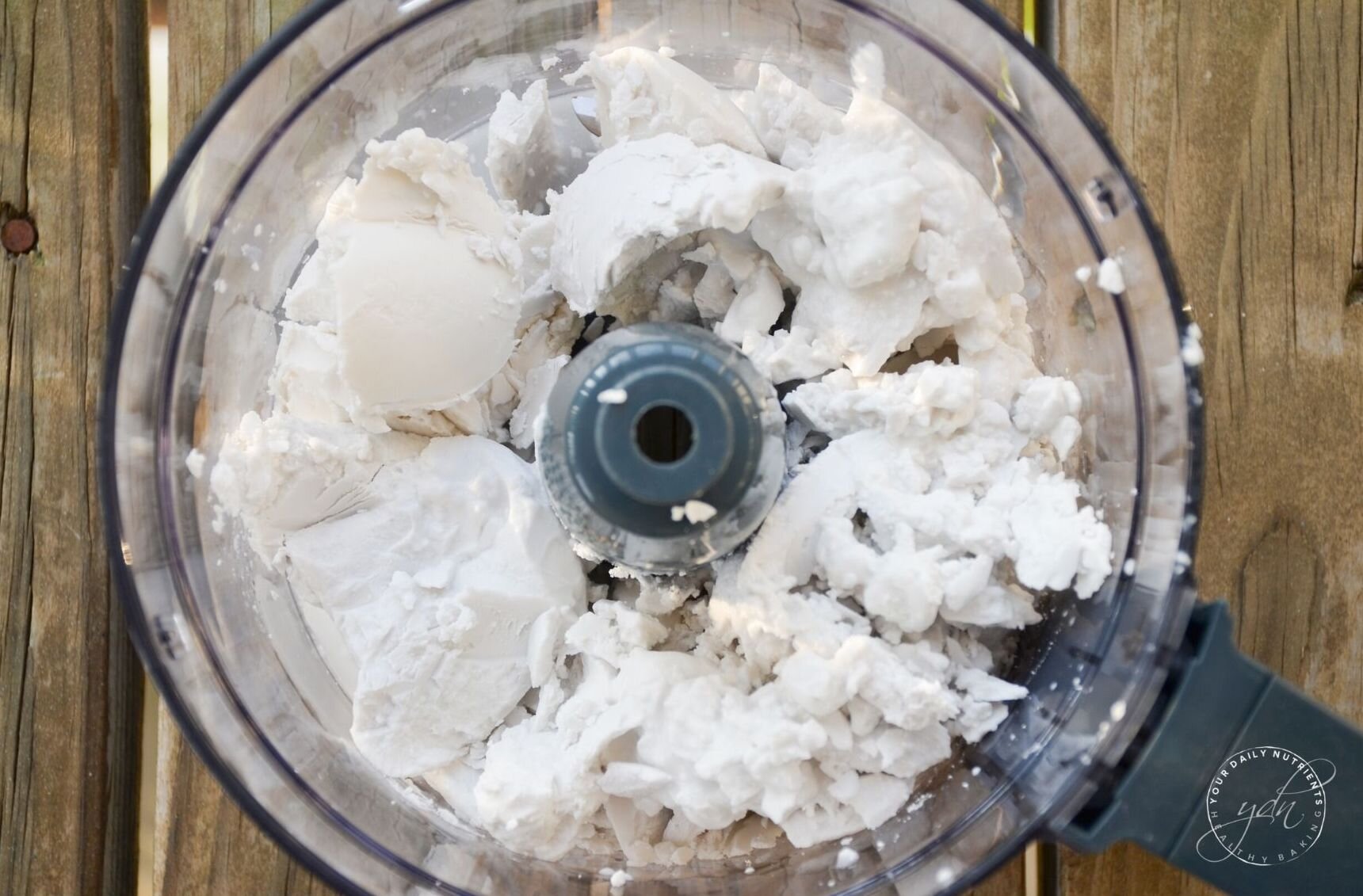COCONUT MILK - LECHE DE COCO
Coconut milk has recently become very popular. It's a tasty alternative to cow's milk that may also provide a number of health benefits and it helps to make many vegan recipes!
WHAT IS COCONUT MILK?
Coconut milk comes from the white flesh of mature brown coconuts, which are the fruit of the coconut tree. The milk has a thick consistency and a rich, creamy texture.
Thai and other Southeast Asian cuisines commonly include this milk. It's also popular in Hawaii, India and certain South American and Caribbean countries.
Coconut milk should not be confused with coconut water, which is found naturally in immature green coconuts.
Coconut milk is classified as either thick or thin based on consistency and how much it's processed.
Thick: Solid coconut flesh is finely grated and either boiled or simmered in water. The mixture is then strained through cheesecloth to produce thick coconut milk.
Thin: After making thick coconut milk, the grated coconut remaining in the cheesecloth is simmered in water. The straining process is then repeated to produce thin milk.
In traditional cuisines, thick coconut milk is used in desserts and thick sauces. Thin milk is used in soups and thin sauces.
Most canned coconut milk contains a combination of thin and thick milk. It's also very easy to make your own coconut milk at home, adjusting the thickness to your liking.
BENEFITS OF COCONUT MILK
Coconut milk is a high-calorie food. About 93% of its calories come from fat, including saturated fats known as MEDIUM-CHAIN TRIGLYCERIDES (MCTs).
Coconuts’ fatty acids are primarily saturated fats, but don’t think these raise your cholesterol levels and cause heart damage. Instead, they’re known to actually do the opposite. Coconut milk nutrition can help you lower cholesterol levels, improve blood pressure, and prevent heart attacks or a stroke.
Coconut milk is also a good source of several vitamins and minerals like Vitamin C, Folate, Iron, Magnesium, Potassium, Copper, Manganese, Selenium.
IS COCONUT MILK GOOD FOR DIABETICS?
Yes indeed! The fat content of coconut milk can help slow the rate at which sugar is released into the bloodstream. This leads to better control of insulin levels and prevents a hyperglycemias.
This is one reason why coconut milk is especially good to add to sweetened recipes, like desserts. Coconut milk’s MCTs are also a preferred source of energy for the body rather than sugar.
HOW TO USE COCONUT MILK FOR DESSERTS
As you can see on the picture above, the coconut milk should be solid. To achieve this, is very important to keep the coconut milk can in the fridge at least 5 hours or preferably overnight.
Once you open the can you will see it’s very thick on the top so you can use all the thick part and the liquid will remain in the bottom of the can. You can use a little bit of the liquid part to help you blend the thick part and the rest for other desserts or drinks.
Here are some recipes I made with canned coconut milk:
You can also make your own Coconut Milk
For the freshest, healthiest coconut milk, make your own by blending 1.5–2 cups (355–470 ml) of unsweetened shredded coconut with 4 cups of hot water, then strain through a cheesecloth and refrigerate.
🇪🇸 Spanish:
La leche de coco se ha vuelto muy popular recientemente. Es una alternativa sabrosa a la leche de vaca que también puede proporcionar una serie de beneficios para la salud y ayuda a hacer muchas recetas veganas!
¿qué es la leche de coco?
La leche de coco proviene de la carne blanca de los cocos marrones maduros, que son el fruto del árbol de coco. La leche tiene una consistencia espesa y una textura rica y cremosa.
Las cocinas tailandesas y otras del sudeste asiático comúnmente incluyen esta leche. También es popular en Hawai, India y ciertos países de América del Sur y el Caribe.
La leche de coco no debe confundirse con el agua de coco, que se encuentra naturalmente en los cocos verdes inmaduros.
La leche de coco se clasifica como espesa/sólida o líquida/suave según la consistencia y la cantidad procesada.
Sólida/Espesa: la carne de coco sólida está finamente rallada y hervida o hervida a fuego lento. La mezcla luego se cuela a través de una gasa para producir leche de coco espesa.
Suave/Líquida: después de hacer leche de coco espesa, el coco rallado que queda en la gasa se cuece a fuego lento en agua. El proceso de colado se repite para producir leche fina.
En las cocinas tradicionales, la leche de coco espesa se usa en postres y salsas espesas. La leche suave se usa en sopas y salsas finas.
La mayoría de la leche de coco en lata contiene una combinación de leche suave y espesa. También es muy fácil hacer tu propia leche de coco en casa, ajustando el grosor a tu gusto.
BENEFICIOS DE LA LECHE DE COCO
La leche de coco es un alimento rico en calorías. Alrededor del 93% de sus calorías provienen de las grasas, incluidas las grasas saturadas conocidas como TRIGLICÉRIDOS DE CADENA MEDIA (MCT).
Los ácidos grasos de los cocos son principalmente grasas saturadas, pero no penséis que estos aumentan sus niveles de colesterol y causan daño cardíaco. Se sabe que en realidad hacen lo contrario. La nutrición de la leche de coco puede ayudar a reducir los niveles de colesterol, mejorar la presión arterial y prevenir ataques cardíacos o derrames cerebrales.
La leche de coco también es una buena fuente de varias vitaminas y minerales como vitamina C, ácido fólico, hierro, magnesio, potasio, cobre, manganeso y selenio.
¿es buena la leche de coco para los DIABéTICos?
¡Absolutamente! El contenido de grasa de la leche de coco puede ayudar a disminuir la velocidad a la que se libera azúcar en el torrente sanguíneo. Esto conduce a un mejor control de los niveles de insulina y previene las hiperglucemias.
Esta es una razón por la cual la leche de coco es especialmente buena para agregar a las recetas de postres. Los MCT de la leche de coco también son una fuente preferida de energía para el cuerpo en lugar de azúcar.
¿CÓMO USAR LA LECHE DE COCOS EN POSTRES?
Como se puede ver en la imagen de arriba, la leche de coco debe ser sólida. Para lograr esto, es muy importante mantener la lata de leche de coco en el refrigerador al menos 5 horas o preferiblemente durante la noche.
Una vez que se abra la lata, veréis que está muy espesa en la parte superior. Deberéis usar toda la parte espesa y el líquido permanecerá en el fondo de la lata. Podéis usar un poco de la parte líquida para ayudar a mezclar la parte sólida y reservar el resto de la parte líquida para otros postres o bebidas.
Aquí os dejo algunas recetas que he creado con leche de coco enlatada:
También podéis hacer vuestra propia leche de coco
Para obtener una leche de coco más fresca y saludable, preparar la vuestra mezclando 1.5–2 tazas (355–470 ml) de coco rallado sin endulzar con 4 tazas de agua caliente, luego colar con una gasa y dejar en nevera.
Check us out on Facebook & Instagram for our latest healthy content!
Hello Food Lovers!
We created YOUR DAILY NUTRIENTS in order to share and educate with healthy recipes and Diabetic tips.
To motivate you to achieve a healthy lifestyle and control your diabetes at your best!
Follow us on Instagram to get the latest content on healthy baking and recipes!
















